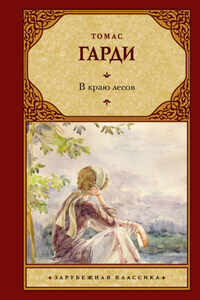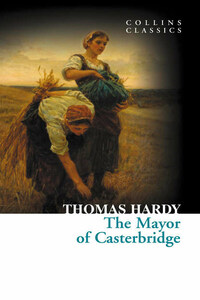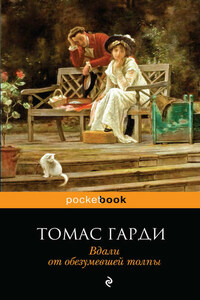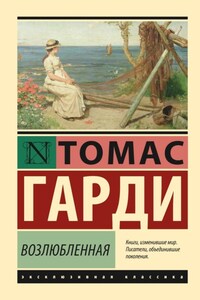In 1819, Millworker William Collins from Glasgow, Scotland, set up a company for printing and publishing pamphlets, sermons, hymn books and prayer books. That company was Collins and was to mark the birth of HarperCollins Publishers as we know it today. The long tradition of Collins dictionary publishing can be traced back to the first dictionary William published in 1824, Greek and English Lexicon. Indeed, from 1840 onwards, he began to produce illustrated dictionaries and even obtained a licence to print and publish the Bible.
Soon after, William published the first Collins novel, Ready Reckoner, however it was the time of the Long Depression, where harvests were poor, prices were high, potato crops had failed and violence was erupting in Europe. As a result, many factories across the country were forced to close down and William chose to retire in 1846, partly due to the hardships he was facing.
Aged 30, Williamâs son, William II took over the business. A keen humanitarian with a warm heart and a generous spirit, William II was truly âVictorianâ in his outlook. He introduced new, up-to-date steam presses and published affordable editions of Shakespeareâs works and Pilgrimâs Progress, making them available to the masses for the first time. A new demand for educational books meant that success came with the publication of travel books, scientific books, encyclopaedias and dictionaries. This demand to be educated led to the later publication of atlases and Collins also held the monopoly on scripture writing at the time.
In the 1860s Collins began to expand and diversify and the idea of âbooks for the millionsâ was developed. Affordable editions of classical literature were published and in 1903 Collins introduced 10 titles in their Collins Handy Illustrated Pocket Novels. These proved so popular that a few years later this had increased to an output of 50 volumes, selling nearly half a million in their year of publication. In the same year, The Everymanâs Library was also instituted, with the idea of publishing an affordable library of the most important classical works, biographies, religious and philosophical treatments, plays, poems, travel and adventure. This series eclipsed all competition at the time and the introduction of paperback books in the 1950s helped to open that market and marked a high point in the industry.
HarperCollins is and has always been a champion of the classics and the current Collins Classics series follows in this tradition â publishing classical literature that is affordable and available to all. Beautifully packaged, highly collectible and intended to be reread and enjoyed at every opportunity.
Thomas Hardy was born in a Dorset village in 1840. Although he had a modest upbringing, Hardy found himself working successfully as an architect in London at the age of 22. He spent five years in London, but was eventually drawn back to Dorset because he did not enjoy the urban environment or the class prejudice he felt, mixing with the well-heeled of Englandâs capital city. Having returned to the countryside, he began to consider an alternative career as a novelist. By 1867 he had already completed a manuscript, but had no luck placing it with a publisher. Despite this, his ambition knew no bounds and he persevered securing his first publication in 1871. His first five novels were well received and Hardyâs confidence in pushing the literary envelope grew steadily.
His sixth novel The Return of the Native (1878) is widely regarded as the first modern novel, because it dared to examine themes that Victorian society brushed under the carpet â namely sexual desire and obsession. The central female character, Eustacia, is something of a femme fatale. She is distractingly beautiful, but her seductive manipulation of the male characters leads to her death and that of her lover Wildeve. The book caused a stir in polite society, but it raised the bar in terms of what a novel could achieve as a medium for comment on the human condition. Eustacia essentially saw herself as a special individual and her ambitions led her to behave in ways that the local community could not accept. She was vilified for her lack of ability to fit in and accept her lot in life.
Four novels later and Hardy had published his best known novel Tess of the dâUrbervilles (1891). The eponymous Tess starts out as an innocent peasant girl, but embarks on a tragic life tale that ultimately ends in her execution for murder. For Hardy the story was an examination of how the individual can wind up in such desperate and forlorn situations even when their beginnings are much the same as others peopleâs. Again, like Eustacia, Tess is physically attractive and her ambitions lead her into scenarios that make her life ever more complicated and unsettled. This includes a scene in the first chapter when Tess loses her virginity but is seemingly too naive to understand whether she consented or was raped.














